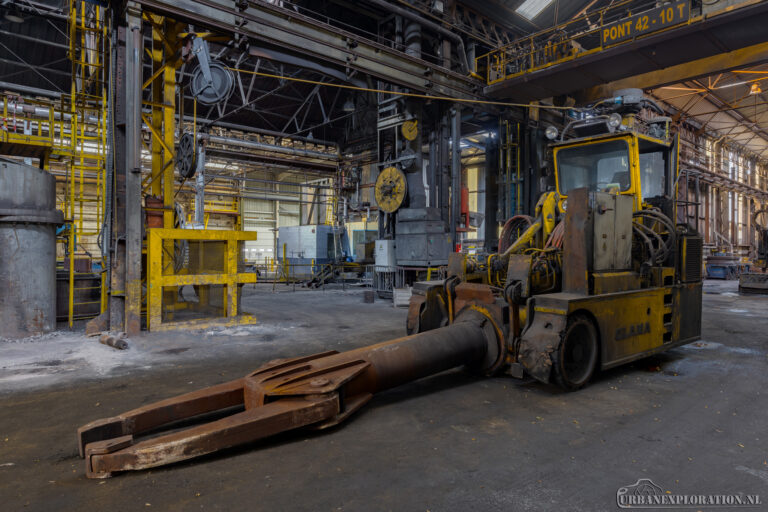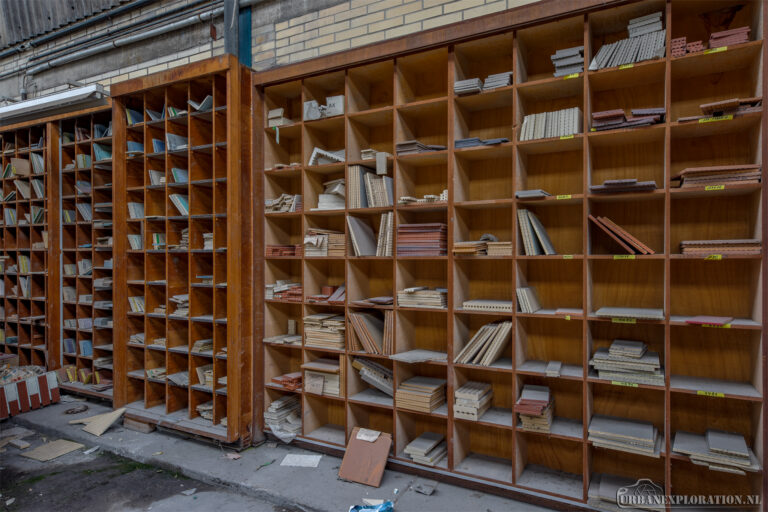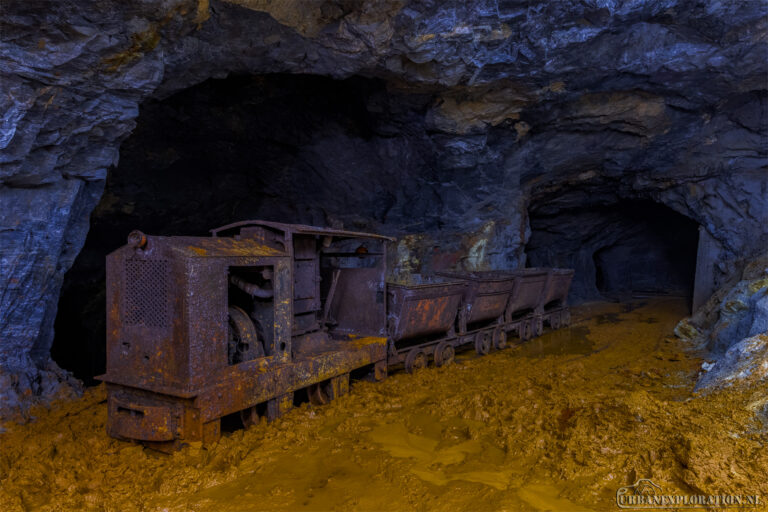Kraftwerk Frimmersdorf
Near Grevenbroich in North Rhine-Westphalia, Germany, stood one of Europe’s largest lignite power stations: Kraftwerk Frimmersdorf. First commissioned in 1926, the plant expanded significantly between 1955 and 1970, eventually operating sixteen generating units twelve of 150 megawatts and two of 300 megawatts. At its peak, Frimmersdorf produced over 2,600 megawatts, making it the largest thermal power station in the world at the time.
However, its scale came at a cost. Frimmersdorf gained notoriety for its environmental impact and was ranked in 2005 by WWF as Europe’s “dirtiest” power plant, emitting approximately 1.3 tons of CO₂ per megawatt-hour produced.
Starting in 2005, the plant began a gradual shutdown process. Outdated units were decommissioned, and the final two units (Blocks P and Q) were maintained as emergency reserves until their complete closure in 2021. This marked the end of nearly a century of energy production at the site.
Yet the story of Frimmersdorf isn’t over. Energy company RWE, together with urban planners from De Zwarte Hond, is transforming the site. The iconic 550-meter-long turbine hall will be preserved and repurposed into a digital campus, featuring office spaces, data centers, and event venues. In this way, the former polluting giant is being reimagined as a modern symbol of industrial heritage and sustainable redevelopment.
- Visited - July 2021
- Defunct - 2021
- Status - Preserved
- Country - Germany








































